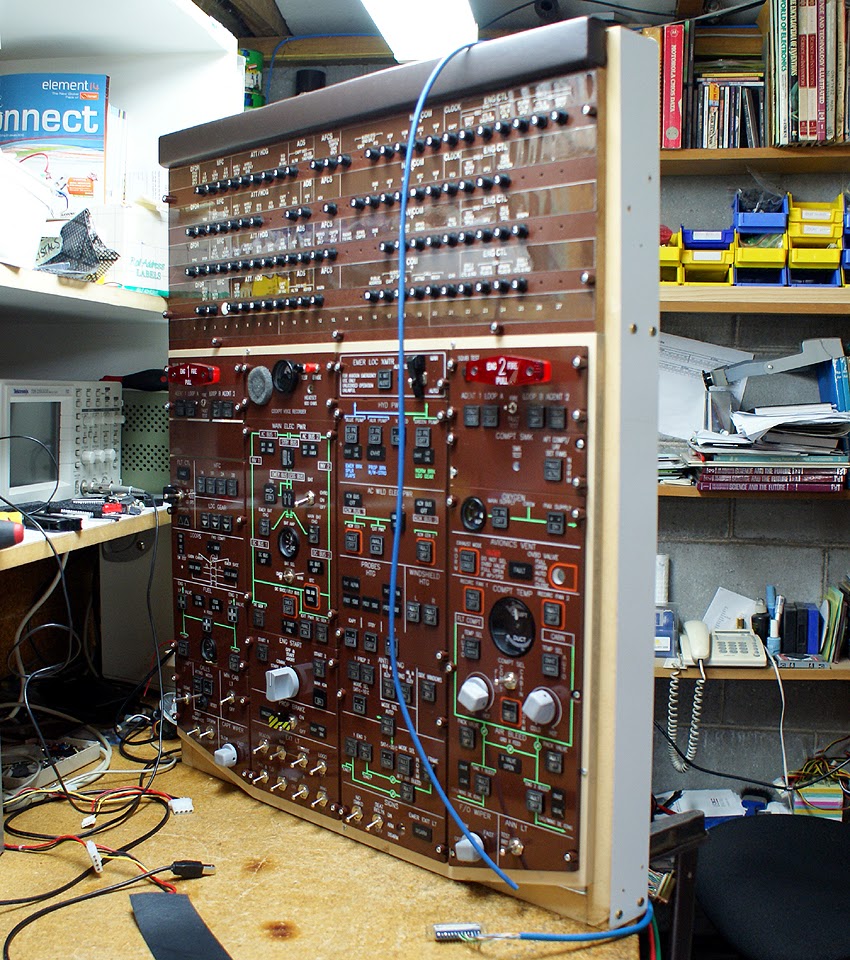This was part of an interesting project that we were contacted about a while ago and which involves using second-hand iPad display screens behind some bezels that we designed and are in the process of supplying (two have been delivered and two are on the way).
Thankfully the company we're working with were happy to send one of the actual iPad screens all the way down here to New Zealand for us to take accurate measurements of and with which to work our original prototyping around. The end result was actually a press-fit of the screen into the rear of the bezel, although of course there are also screws holding it in place, with four convenient little corner tabs already being a part of the screens' outer construction.
As you can see, some of the tolerances between the PCBs and the outer edges of the bezels are fairly tight due to our measurements being as faithful to the original avionics unit as we could possibly get them, although because these units are being fitted into instrument panels that are being laser-cut after the arrival of the bezels themselves, it means that accurate measurements can be taken from the actual pieces themselves, in situ as it were.
The company that's going to be using these units are actually doing all of the interfacing themselves, so the circuit boards merely provide a means of communicating with the switches.
And finally ...
The ghost in the machine!



















.jpg)


.jpg)




























